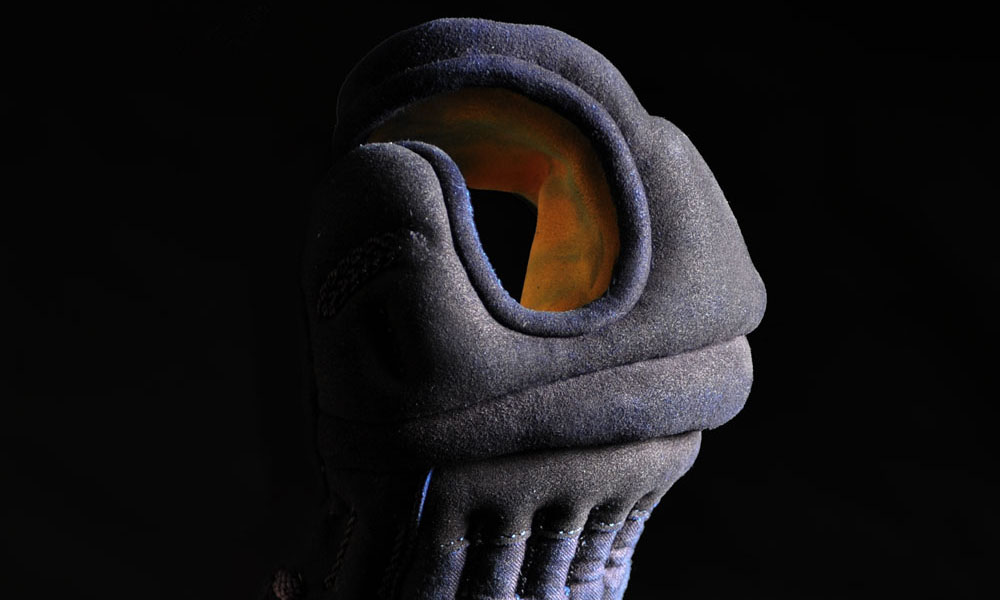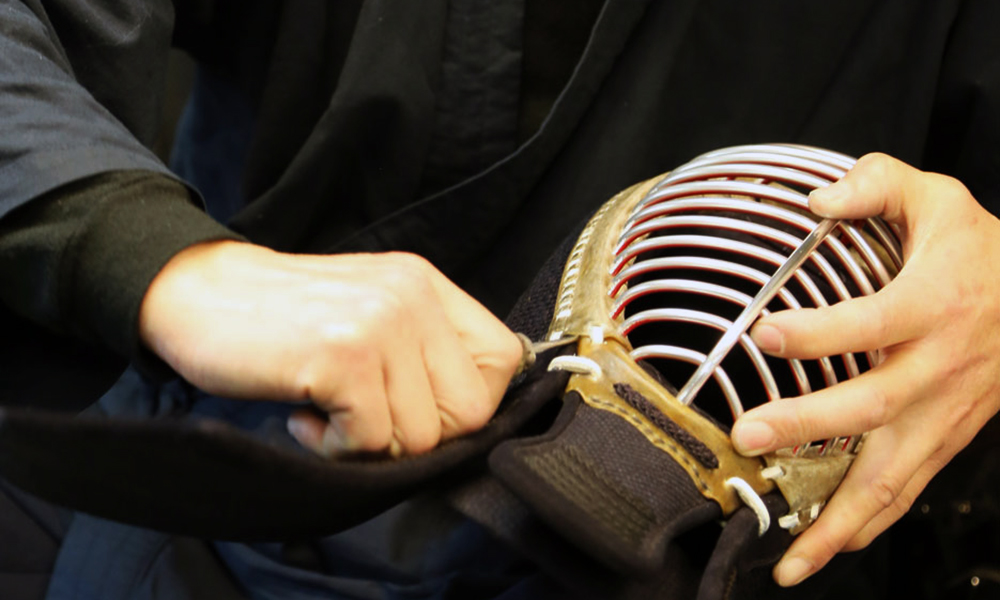Tokuren Z: A Kendo Bogu made for winners
The Jutsuka Tokubetsu Kunren (術科特別訓練; Special Technique Training Department) or for short, the “Tokuren”, is a special Japanese police squad whose purpose is to promote and reinforce technical training within subjects such as Judo, Kendo, Taihojutsu, marksmanship, etc. to raise the overall level of physical and mental health among police officers. Read More











